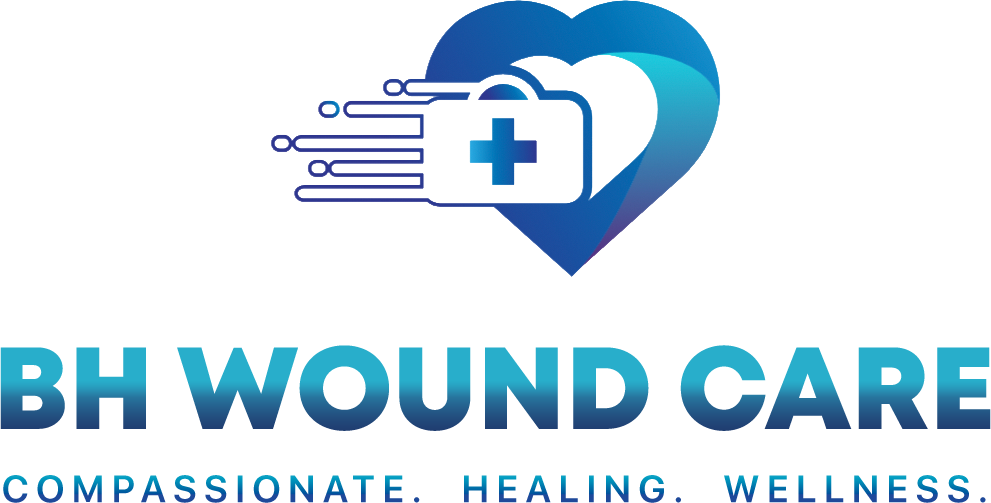Venous and arterial ulcers are chronic wounds that occur when there is a disruption in the blood flow to the lower extremities. These ulcers can be painful, slow to heal, and may lead to severe complications if not properly managed. At BH Wound Care, our certified wound care specialists use state-of-the-art technology to determine the underlying cause of a venous or arterial ulcer and design a comprehensive, personalized treatment program. We offer venous and arterial ulcer care in Portland, OR; Los Angeles, CA; Vancouver, WA; and Nashville, TN.
Venous and arterial ulcers are open sores and chronic wounds that can develop on the lower extremities. They are most common on the legs and feet. There are some key differences between the two conditions:
There are distinct differences in the symptoms of venous and arterial ulcers. Because these ulcers have different causes and risk factors, they often have different symptoms as well:
Symptoms of venous ulcers:
Symptoms of arterial ulcers:
You can perform first aid at home to treat and manage venous and arterial ulcers. However, if at-home treatment is unsuccessful, your wound does not heal or develops complications, or you aren’t able to properly care for your wound yourself, you should visit our certified wound care specialists. These are the best treatment options for venous and arterial ulcers:
While some causes of venous or arterial ulcers may not be preventable, you can reduce your risk of ulcers and complications. Work closely with your physician and any specialists you visit to develop a plan to manage symptoms of chronic health conditions, improve your diet and nutrition, lose weight, and make key lifestyle changes to benefit your overall health and wellness. You can reduce the risk of recurrent venous or arterial ulcers by:
At BH Wound Care, we combine state-of-the-art technology and wound care innovation to provide comprehensive wound care services. Our experienced, certified wound care specialists will determine the underlying cause of your venous or arterial ulcer so that they can address the root cause to promote healing and recovery and restore your overall health and wellness. We offer highly personalized treatment plans and take a comprehensive, holistic approach to wound care and healing. Our arterial and venous ulcer care services include:
Venous and arterial ulcers require specialized care to promote healing and prevent complications. By seeking early medical attention, adopting proper wound care techniques, and managing underlying conditions, you can improve your quality of life and reduce the risk of recurrence. At BH Wound Care, our compassionate, experienced wound care specialists offer comprehensive venous and arterial ulcer care in Portland, OR; Los Angeles, CA; Vancouver, WA; and Nashville, TN. Call us now or reach out to us online to schedule a consultation.
Our team of wound care specialists boasts extensive training and expertise, ensuring you receive top-notch care.
Your well-being is our priority. We tailor treatment plans based on your specific needs and medical history for the best possible outcomes.
Embracing cutting-edge technologies and equipment, we offer the latest advancements in wound care treatments.
Beyond the wound, we address underlying conditions that may impact healing, providing a holistic approach to your care.
Making healing accessible, we offer at-home visits and telemedicine appointments, ensuring you receive care with ease.
We treat every patient like family, committing ourselves to your healing and well-being.
If you are a Doctor, Facility Director or Patient, Please feel free to contact us about our services. One of our specialists will contact you within 24 hours.
Emergency? Call 310-331-005
